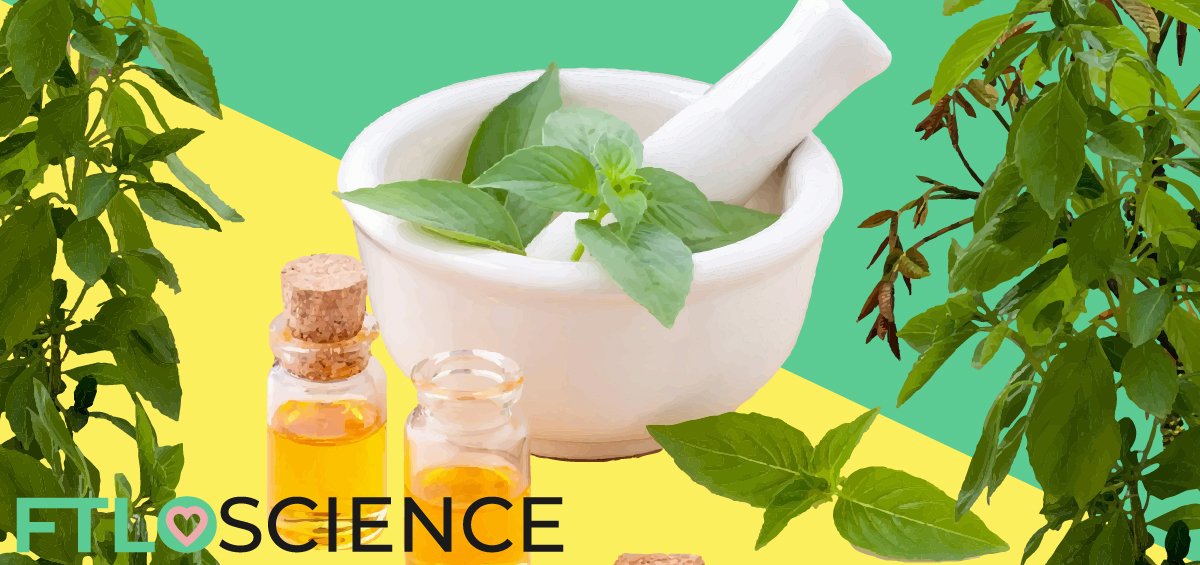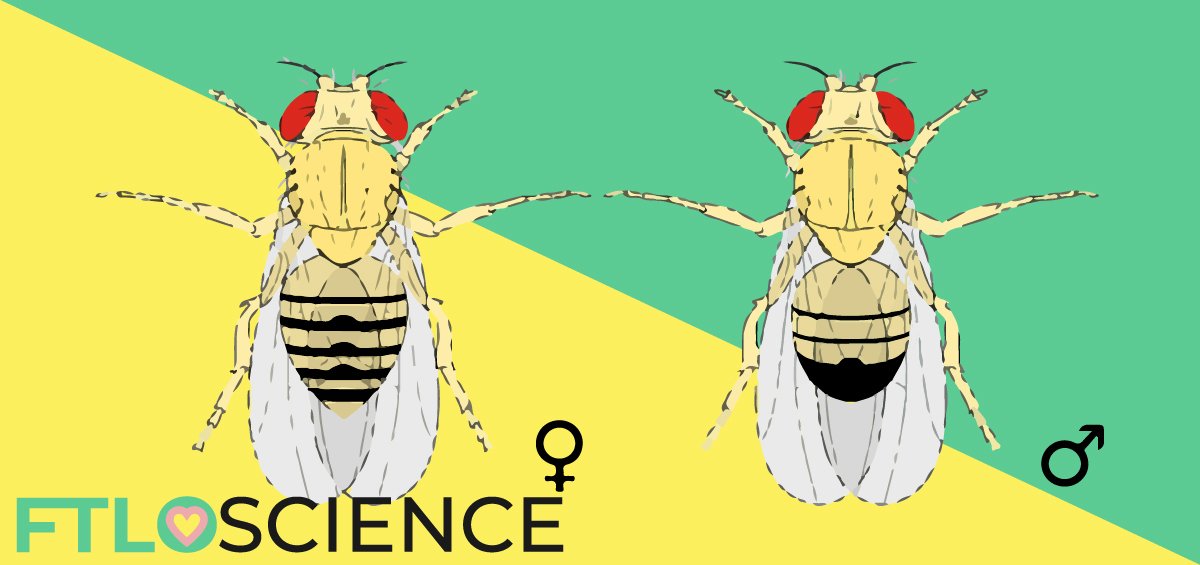Essential oils for aromatherapy have become rather popular in recent times, where the ‘essence’ of all that is good in plants is captured and inhaled to relieve stress and even treat diseases. However, there is little evidence supporting aromatherapy as a form of medication. On the flip side, the dangers of highly concentrated chemicals in essential oils are rarely publicized. Don’t let plants (and crooked businesspeople) pull their leaves over your eyes.
What are Essential Oils?
An ‘essential oil’ is a term for poorly water-soluble chemicals from a plant source (alcohols, aldehydes, esters, and other hydrocarbon derivatives). Plants produce these chemicals to deter predators, attract pollinators, or even as a response to pain!
Essential oils are named as such because the ‘essence’ of a plant is collected from the raw stock. These chemicals are usually strong-smelling, as chemical extraction techniques like distillation allow them to be concentrated 200 to 300 times their natural state by weight2. As with any other chemical, increasing its concentration magnifies its potency, and hence its effects.
Essential oils have been used in aromatherapy for thousands of years as a form of odor therapy, where people inhale the vaporized oils for medical benefit. Today it is considered an alternative (non-conventional) form of treatment, but at the time of writing there is little to no evidence supporting its efficacy as such3.

Popularity of Aromatherapy
Despite the lack of evidence, people continue to believe that aromatherapy has therapeutic benefits. Many sources substantiate claims that these oils are effective against an impressive array of diseases ranging from colds and aches to even deadly diseases such as cancer. The situation isn’t helped by news outlets and social media propagating such false claims, good intentions notwithstanding.
Its rise in popularity can also be attributed to its ease of access. There are countless businesses, both home-based and multinational, selling a range of essential oils for aromatherapy. Just as with other alternative forms of ‘therapy’ (see alkaline water), as long as the manufacturers don’t market it as a medicinal drug, regulatory authorities cannot restrict sales.
Many companies nowadays also offer distillation kits, allowing one to use their own plants in their backyard to extract their own essential oils from.

The situation isn’t helped when advocates for alternative treatments include celebrities and prominent figures in authority. One internationally recognized ‘authority’ responsible for the promotion of essential oils and aromatherapy is David Stewart, mainly because of his book ‘The Chemistry of Essential Oils Made Simple: God’s Love Manifest in Molecules’.

Dr. Stewart quite ingeniously makes essential oils ‘simple’ by declaring that a chemical compound made in a laboratory isn’t the same as an identical one made in nature. This basically gives him free rein to bestow beneficial health claims on essential oils without worrying about existing chemical literature, very convenient indeed.
Well, it’s certainly not the only time an academic authority has made claims not supported by scientific evidence. And let’s not get started with celebrities like Oprah Winfrey, who spews so much quackery that she deserves her own pseudoscience blog altogether.
Dangers of Aromatherapy
‘Surely if it comes from a plant it can’t be harmful. After all, fruits and vegetables are healthy!’ Despite claims that plant-derived compounds are ‘natural’ and can’t harm the human body, it simply isn’t true. Whether a molecule is synthesized in the lab or in nature makes no difference to its properties, it is simply that: a molecule.
Natural vs Synthetic
A key argument by the proponents of aromatherapy is that natural products from a plant are much safer than the same compounds made in a laboratory. This is akin to the flawed argument that engineered genes aren’t the same as genes that have evolved over time.
Plants have ingenious metabolic pathways that allow them to produce the most intricate of molecules, shaped by millions of years of evolution under resource constraints. Some of these have indeed been isolated and developed for their medicinal purposes, one of the most iconic being paclitaxel, a potent anticancer compound that was first extracted from the bark of the Pacific yew tree.
Paclitaxel has also since been synthesized by chemists via many different pathways and is now produced on a massive scale using plant cell cultures4. Despite the many different approaches to its synthesis, both natural and artificial, the product is the same molecule. To cement the fact that natural products can be dangerous too, an individual died in 2012 after ingesting yew leaves due to a paclitaxel overdose. Chemicals are chemicals, regardless of their ‘natural’ status5.
Health Dangers
Apart from being volatile compounds with low flash points, making them potential fire hazards, there is an increasing amount of evidence that essential oils may actually be harmful to human health. Studies have shown that certain oils are unsafe. Many plant metabolites are phototoxic, allergenic and even endocrine-disrupting, with cases of breast tissue growth in males exposed to lavender and tea tree oil6,7.
Because they are not considered medicines, the safety and effectiveness of essential oils are not regulated by health agencies. The lack of a drug development process means companies that produce these aromatherapies don’t have any idea of the toxicity of these compounds.

Furthermore, patients who turn to aromatherapy and other alternative treatments show a decrease in or even discontinuation of their conventional, science-based drugs. In potentially curable cancers, refusing chemotherapy in favor of alternative medicine has been shown to double the risk of death8.
As of right now, peer-reviewed evidence shows that aromatherapy and essential oils have no conceivable benefit bar placebo. Indeed, many real medicines today are isolated and purified from plant sources, but these compounds have been thoroughly researched to ensure their benefits outweigh their adverse effects. It is important to remember that just because essential oils originate from plants, there are no guarantees of safety.
Reference
- Sadgrove, N., & Jones, G. (2015). A contemporary introduction to essential oils: chemistry, bioactivity and prospects for Australian agriculture. Agriculture, 5(1), 48-102.
- Cassel, E., Vargas, R. M. F., Martinez, N., Lorenzo, D., & Dellacassa, E. (2009). Steam distillation modeling for essential oil extraction process. Industrial crops and products, 29(1), 171-176.
- Lee, M. S., Choi, J., Posadzki, P., & Ernst, E. (2012). Aromatherapy for health care: an overview of systematic reviews. Maturitas, 71(3), 257-260.
- Mountford, P. G. (2010). The taxol story development of a green synthesis via plant cell fermentation. Green Chem Pharmaceut Ind.
- Grobosch, T., Schwarze, B., Stoecklein, D., & Binscheck, T. (2012). Fatal poisoning with Taxus baccata. Quantification of Paclitaxel (taxol A), 10-Deacetyltaxol, Baccatin III, 10-Deacetylbaccatin III, Cephalomannine (taxol B), and 3, 5-Dimethoxyphenol in Body Fluids by Liquid Chromatography – Tandem Mass Spectrometry. Journal of analytical toxicology, 36(1), 36-43.
- Lis-Balchin, M. (1999). Possible health and safety problems in the use of novel plant essential oils and extracts in aromatherapy. The journal of the Royal Society for the Promotion of Health, 119(4), 240-243.
- Henley, D. V., Lipson, N., Korach, K. S., & Bloch, C. A. (2007). Prepubertal gynecomastia linked to lavender and tea tree oils. New England Journal of Medicine, 356(5), 479-485.
- Johnson, S. B., Park, H. S., Gross, C. P., & James, B. Y. (2018). Complementary Medicine, Refusal of Conventional Cancer Therapy, and Survival Among Patients With Curable Cancers. JAMA oncology.
About the Author

Sean is a consultant for clients in the pharmaceutical industry and is an associate lecturer at La Trobe University, where unfortunate undergrads are subject to his ramblings on chemistry and pharmacology.




